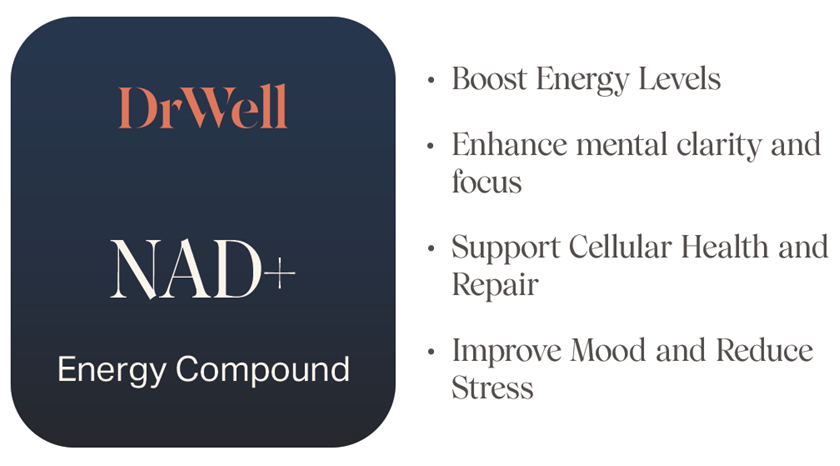The direct-to-consumer (DTC) model of healthcare may be the future of healthcare delivery in regards to consumer access and potentially reducing bureaucracy. And while the benefits are real, so are the serious drawbacks, specifically continuity of care. But there is a model that includes all of the upside but none of the downsides associated with DTC. A model that harkens back to some of the best aspects of traditional healthcare delivery. As with any new trend, the pendulum often swings too far in one direction. The provider-to-consumer (PTC) model seeks to address the overcorrection of DTC by offering greater follow up care with the same provider, ie continuity of care, and increased non insurance-based reimbursement for the provider.
Benefits of the DTC Model
The DTC delivery of healthcare offers consumers easier access to care by employing many web-based tools including online booking and virtual visits. Not only that, since these models are often cash-pay and do not accept insurance, the requirements to get a referral to a specialist aren’t necessary. This reduces the lead time to see a provider, therefore allowing the patient to receive care in an expedited manner, which typically includes access to prescription medication.
The following benefits associated with DTC also apply to the PTC (provider to consumer) model:
- Ease of access via telemedicine and no need for referrals or preauthorization
- Patients taking greater ownership of their healthcare, advocating for themselves and reaching out to any available telehealth provider
- Reduction in healthcare costs through price transparency and avoiding unnecessary, wasteful intermediate visits prior to seeing a specialist
- Concierge experience, more time with the provider
- Online patient intake, avoiding traditional physical paperwork
- Automation of payments and dunning in the case of monthly subscriptions for ongoing patient visits (e.g. direct primary care or concierge medicine) or recurring medication prescriptions (e.g. generic sildenafil for erectile dysfunction, minoxidil for hair loss or semaglutide for weight loss)
Drawbacks of the DTC model
What really separates the DTC and PTC models are the drawbacks specifically associated with the direct-to-consumer model. After the first visit with online DTC providers like Ro (formerly Roman), Hims/Hers and others, the patient may never see that same provider again. In fact, seeing your provider may not even be an option if the DTC entity only offers asynchronous messaging or a patient portal rather than a face-to-face virtual or in-person visit. If someone receives a consultation and prescription from a DTC provider and then has questions after hours, the patient’s only support may be a customer service agent with no knowledge of the patient’s care and is ill-equipped to answer their question.
With a DTC model, the person at the other end of the customer service portal will probably recommend a visit to urgent care or the emergency room which will be the most expensive and least appropriate recommendation.
Provider & patient benefits of the PTC model
A DTC model of healthcare involves a centralized company providing healthcare services, typically virtual, through a network of physicians acting as independent contractors. While the providers receive renumeration for their time, they are not providing ongoing services to the patient and the follow up care is minimal or non-existent.
Compare this to the PTC model. Consumers purchase services directly from the provider’s office. Meaning a lionshare of the revenue supports the provider’s practice. Also, because there’s a clear doctor-patient relationship, the patient knows who to contact for follow up care related to their service utilization. Good luck getting a Zofran prescription from a DTC provider or even getting in touch with the same provider at all!
Allowing doctors and other providers to determine the treatment plan and carry out appropriate care with ongoing follow up is best for the patient. Providing care in conjunction with a centralized PTC company can improve efficiencies like automated recurring billing and reducing supply or medication costs.
In the case of weight management, the centralized entity offering technology can also invest time into sourcing medications from FDA-approved manufacturers and determining which state licensed compounding pharmacies have the most competitive rates. Independent providers or even group practices don’t always have the time to streamline various service lines but a PTC model can assist the provider in achieving the best care for patients, at scale.
The PTC model can be applied to any silo of healthcare:
- ED or Peyronie’s disease for urologists
- Birth control or fertility care for gynecologists
- Weight management for primary, direct primary care (DPC) or concierge medicine
- Weight management is also a natural fit for aesthetic providers, bariatric surgeons, gastroenterologists and occupational health
- Hair restoration for any primary care or aesthetic provider
- Medical skin care such as acne treatment or cosmetic skin care for dermatologists.
With a PTC model, there are real world examples of providers earning over $275,000 in monthly recurring revenue by vertically integrating patient care, coaching (in the case of weight loss) and the provision of compounded medications (specifically semaglutide and tirzepatide) to their patients. Have you ever heard of a provider, acting in the role of an independent contractor for a DTC company generating that type of revenue? Of course not. The centralized DTC entity is retaining a majority of the revenue.
However, to generate that type of revenue, the provider must have support. The PTC model offers that support in the form of technology focused on automation for recurring charges. Better contracts and economies of scale can provide the most competitive rates from compounding pharmacies for the provider and patient.
With the PTC model, providers can remain independent, continue “driving the bus,” generate revenue for their practice, treat more patients virtually (and treat them well!) and scale their practice like never before.
Dr. Jonathan Kaplan is a board-certified plastic surgeon based in San Francisco, CA and founder/CEO of BuildMyHealth, a price transparency-lead generation platform that focuses on subscriptions and weight management programs. He’s also a contributor to multiple publications including Newsweek, Modern Aesthetics, MedCity News and Medical Economics. You can watch him operate and educate @realdrbae on Instagram, Snapchat and TikTok.




